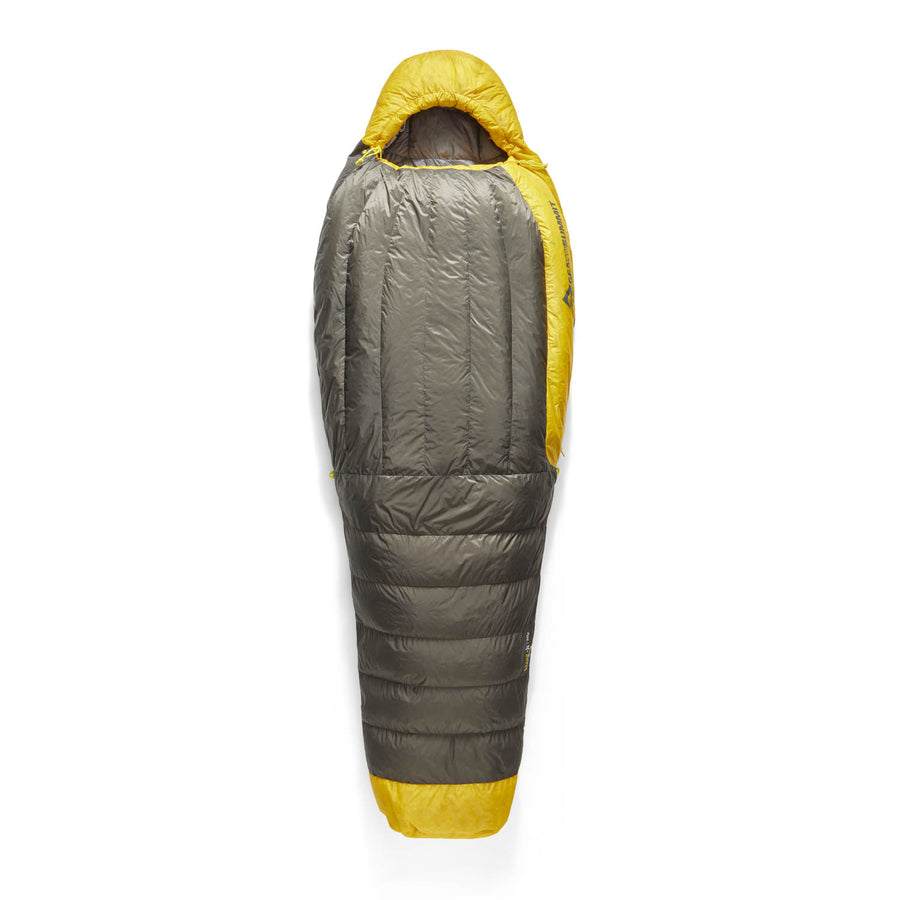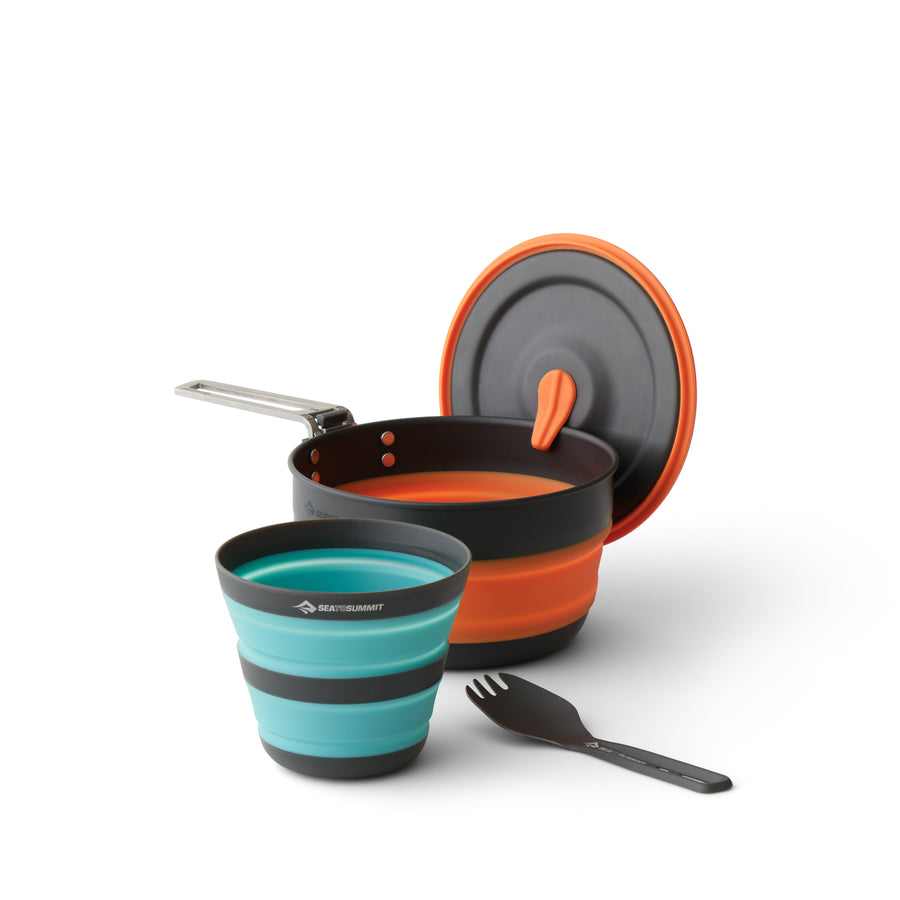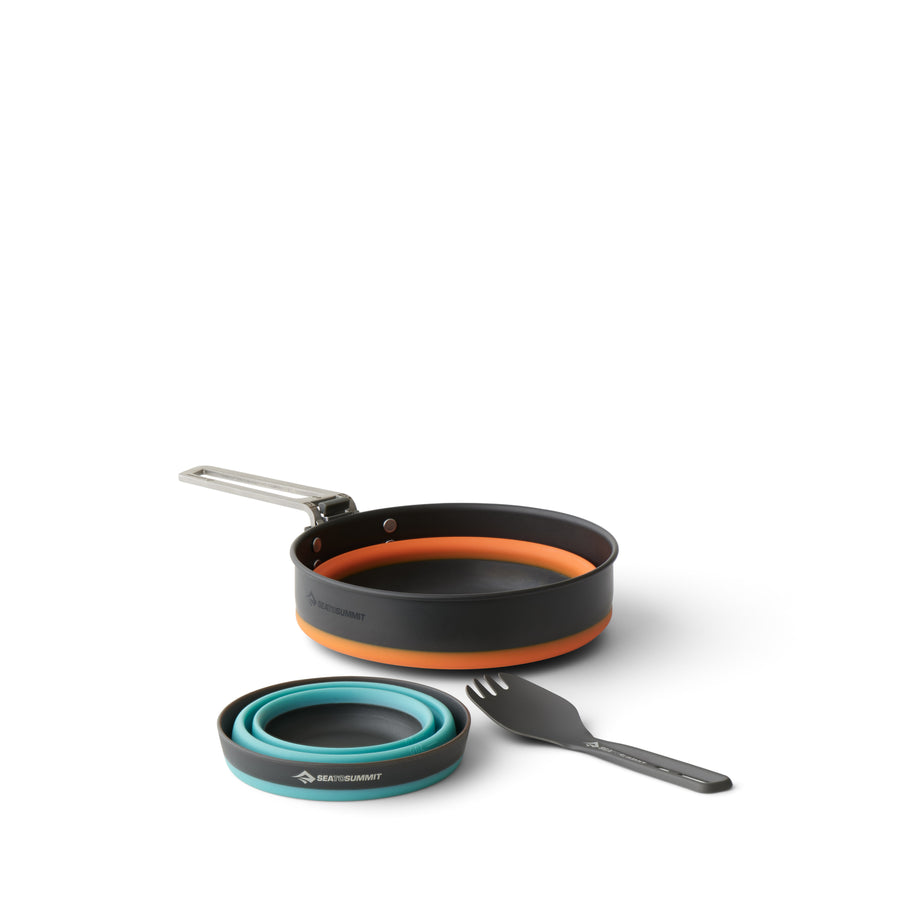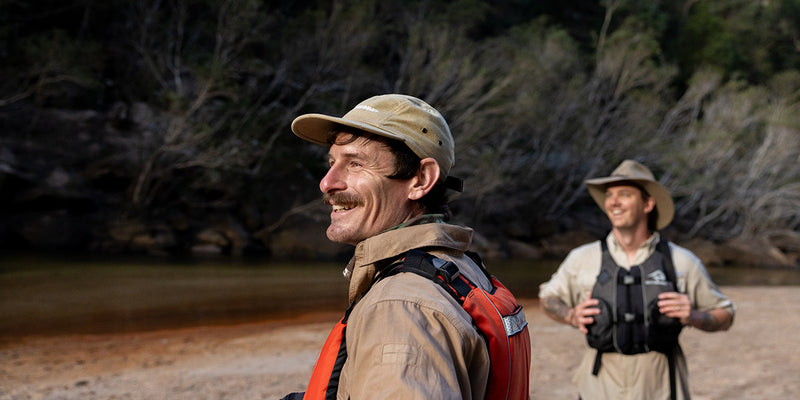Meet Tom Payton: the man who climbed the Nepal’s Himalayan Peak, Ama Dablam


Rock climbing at sublime point in the Blue Mountains
After returning home, Tom was enraptured by his travels and couldn’t shake the thought of Ama Dablam as a peak he dreamed of climbing. Fast forward to one and a half years ago, Tom decided to turn that dream into a reality and set himself the goal of climbing Ama Dablam. After intense training, preparation and an unwavering mindset, Tom successfully climbed Ama Dablam in October last year.
We were fortunate enough to speak with Tom to learn about the inspiration for his climb, how he achieved it, the gear that supported his adventure and so much more. Here is Tom’s story.
My name is Tom Payton and I am a chippy from the Blue Mountains NSW Australia. I’m a rock climber and lover of all adventurous outdoor activities. Roughly a year and half ago I set myself a goal of climbing a Himalayan peak called Ama Dablam in Nepal and on the 30th of October this year I achieved that goal.

Climbing a route called “The Wild Wild West” at hanging rock in the Blue Mountains
7 years ago I set off with my best mate and my sister to trek to Everest base camp in the Khumbu region of Nepal. During the trek to EBC, Ama Dablam, which is widely regarded to be one of the most beautiful mountains in the world, dominated the views for several days. I remember thinking on that trek that one day I would be back to climb that mountain.
Ama Dablam is 6,812m above sea level and is a technical mixed rock, ice, and snow climb. Ama Dablam means mother’s necklace as the mountain looks like the arm of a mother protecting her child on each side and in the middle of the mountain hangs an ice serac representing a pendant worn by Sherpa women.
During the lead up to this trip I spent months preparing myself mentally and physically. I did rock climbs with big exposure and pack hikes every night with big elevation gains. I packed a bag of concrete into a bag along with a bunch of climbing gear to ensure that I was physically strong enough. I also spent a week in Kosciusko National Park (NSW) doing a mountaineering course along with a few other weekends spent practicing different mountain skills in the snow.
Another huge part of preparation for this trip was gear. Being my first proper mountaineering trip, I had to get a lot of equipment and clothing. Heading to an area with extreme weather conditions meant that I had to ensure I had good quality and durable gear.

Camp 1 – Ama Dablam 5700m
Throughout years of hiking and camping I’ve always trusted Sea to Summit equipment. The high camps on Ama Dablam are known for tents set up on narrow ridges and steep rock faces. To ensure that I would have the best chance of getting some sleep in the high camps and to make sure I was warm and comfortable in basecamp, I went with a full Sea to Summit sleep system. For a base I used the Sea to Summit Ether light XT Insulated Air Sleeping Mat. This mat is super-fast to set up, the sprung cell comfort is amazing and has a small, packed size. Most people don’t bother with a pillow in the high camps, and I saw people who were in a lot of discomfort from neck pain after a bad night’s sleep. I carried the Sea to Summit Aeros Down Pillow which at 95 grams and a packed size of less than a fist it was a no brainer. For a sleeping bag I opted for the Sea to Summit Alpine Down Winter Sleeping Bag III.
This bag has 850+ ultra-dry down loft and is rated to temps of -40 degrees. I also carried the Reactor Extreme Bag Liner which can add an additional 15 degrees of warmth. With extremely cold temperatures and windy conditions on the mountain, it was the perfect sleep system.

Helicopter flight from Kathmandu to Lukla
After arriving in Lukla via a short helicopter flight from Kathmandu (Nepal’s capital) my climbing Sherpa and guide Mingma and our porter Kesab and I set off on a 9 day trek to Lobuche East high camp. This trek involved a number of acclimatisation days to properly adapt to higher altitude. We were using Lobuche as an acclimatisation peak for Ama Dablam, but Lobuche is no walk in the park and it was great to summit my first mountain above 6,000m. Unfortunately, during this summit push, I developed some frostbite in my toes which both mentally and physically took a toll on me for my summit attempt on Ama Dablam. From Lobuche East, we made our way to Ama Dablam base camp which is a small city of tents. We rested here a few days, constantly assessing the situation of my toes which had very little feeling.

Summit of Lobuche East with Mingma Sherpa
On the 28th of October, with a favourable weather window for the following few days, we left base camp for camp 1. It took us around 5 hrs to reach camp 1, where there are tents set up across a boulder field. On the 29th ,we set off for camp 2. While it only takes a few hours to get to camp 2 it’s the first of the technical climbing. The route is fixed with ropes the whole way and you are crossing mixed rock and snow ridges with over 1,000m of exposure below you. Before reaching camp 2, you have to climb a vertical section of rock called the “Yellow Tower”.

Somewhere between camp 1 and 2 on Ama Dablam
Camp 2 has only enough room for a handful of tents which are set up on cliff edges. We managed to get a few hours’ sleep here before getting up at 11pm and setting off for the summit at 11:30pm. On summit day, we had 55kms/hour winds which was less than ideal but manageable. After reaching camp 3, Mingma and I overtook roughly 15 people leaving us with a clearer run for the remainder of the climb.
The climb continues up crossing over some crevasses and climbing sections of blue ice, all the while getting showered in loose ice from climbers above. At 6:45am on the 30th of October, Mingma and I successfully reached the summit. While it was an amazing feeling achieving a goal that I’d had for the better part of 2 years, I knew the job was only half done and I still had to get down safely.

Camp 2 Ama Dablam

Looking towards the summit of Ama Dablam from camp 2
For me, the descent from the summit was the crux of the entire climb. I was completely exhausted by this point and with what seemed like never ending abseils to get down, I was seriously concerned about making a fatal mistake. Luckily, I made it back down to camp 2 safely and after a short period of rest, we set off for basecamp arrived back at 6:30pm making for over a 19hr day.
There were 2 deaths and multiple longline helicopter rescues on Ama Dablam while I was in the Himalayas. While success in the mountains partly comes down to luck, I believe a huge part of my success was due to preparation, training and having good quality gear and equipment along with the incredible support from my Sherpa, Mingma. It was a truly special experience for me to be successful on my first two peaks and I can’t wait to be back in the mountains again soon.

Summit of Ama Dablam with Lhotse, Nuptse and Everest in the background
In hearing Tom’s story, it’s an inspiring reminder of the intense training, preparation and goal-orientated mindset that is required to climb a mountain as challenging as Ama Dablam.










![Frontier Ultralight One Pot Cook Set - [3 Piece]](http://seatosummit.com.au/cdn/shop/files/FrontierULOnePotCookSet1P3Piece1.3LPotWithS-BowlandCup_ACK027031-122114_PRIMARY-1200x1200-9c6bd91.jpg?v=1749433473&width=900)
![Frontier Ultralight One Pot Cook Set - [3 Piece]](http://seatosummit.com.au/cdn/shop/files/FrontierULOnePotCookSet1P3Piece1.3LPotWithS-BowlandCup_ACK027031-122114_ADDITIONAL_1-1200x1200-9c6bd91.jpg?v=1749433473&width=900)
















